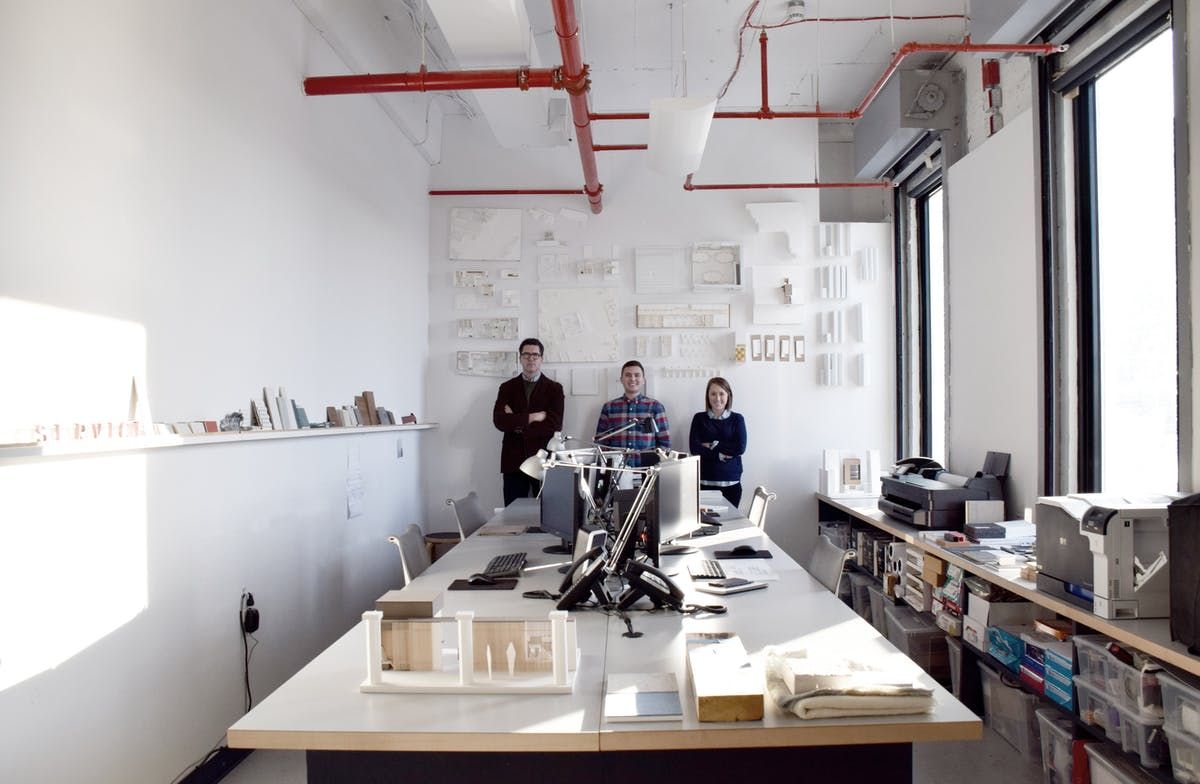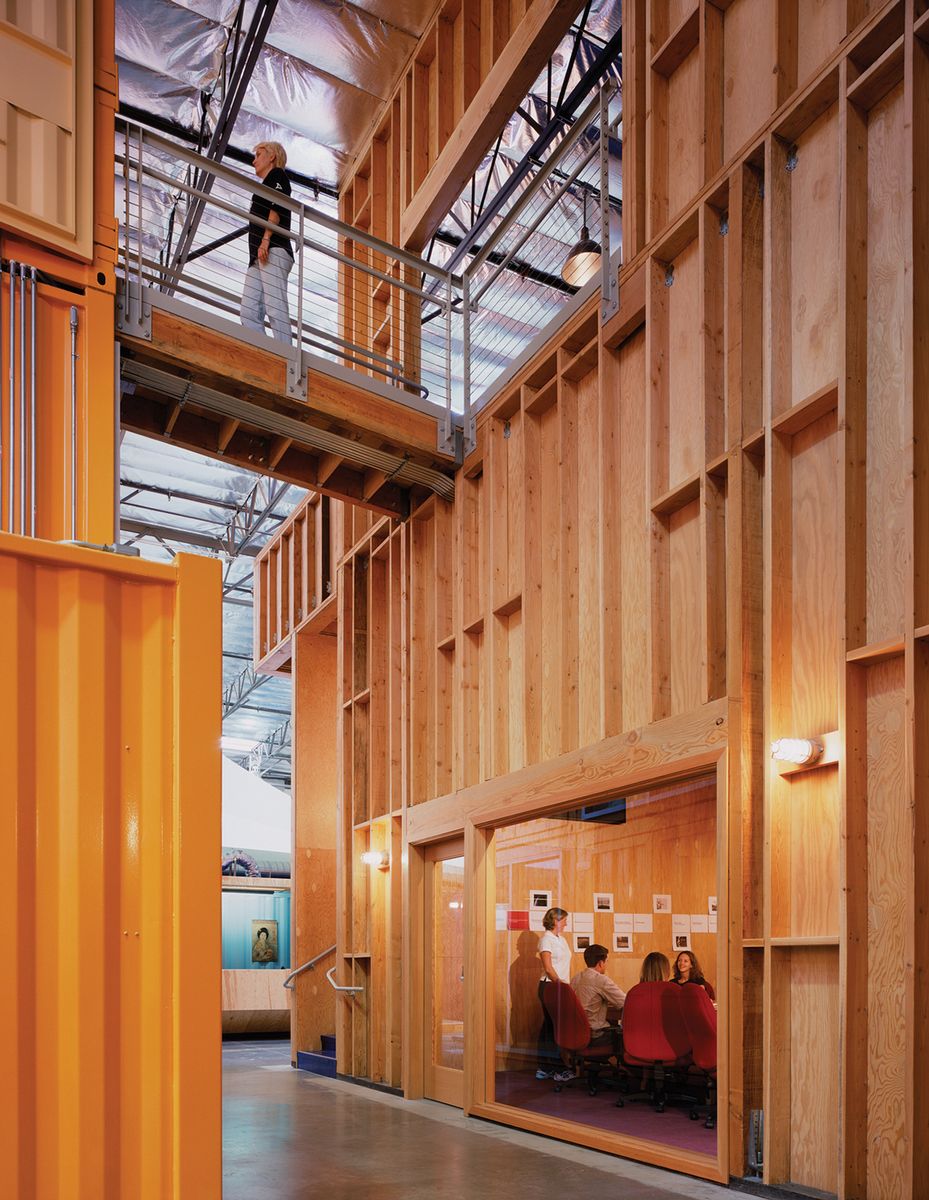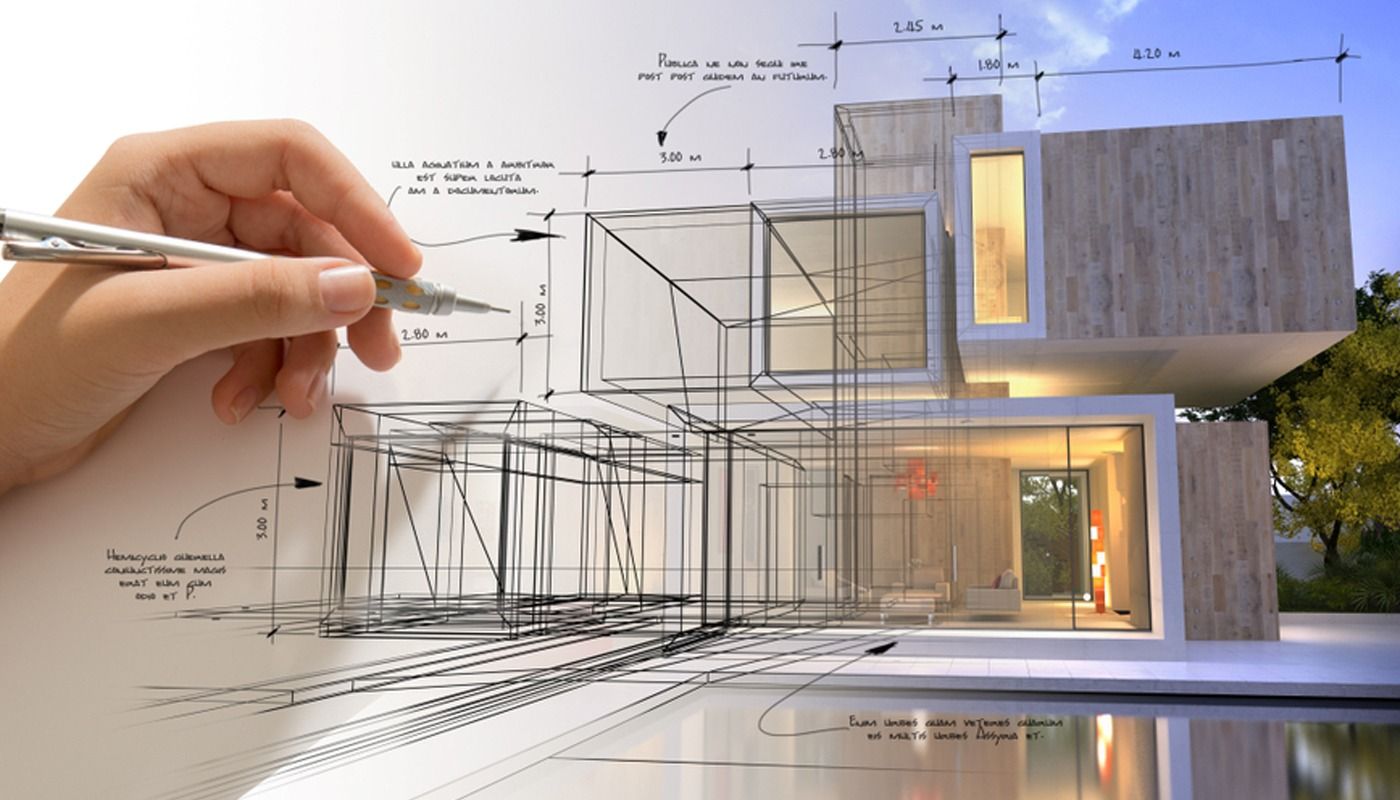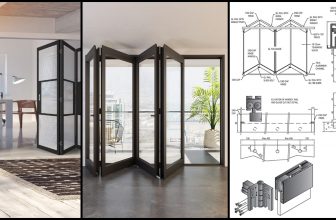Huh? Isn’t the architecture studio perfect just the way it is? Isn’t it better now than it ever was? Yes, it is, without a shadow of a doubt. However, there is still room for improvement in terms of both the physical setup and the manner of teaching – these improvements among Other Strategies Can Surely Help You Survive Architecture School Like a Boss!
We bring to you 9 Surefire Ways to Improve Today’s Architecture Studio, some of which deal with the built environment while the rest are concerned with the educational process. We assure you that you will nod at each of them.
Architecture Studio Atmosphere
1. Industrial Studio
Is it just me who thinks studios with plain white suspended ceilings are filled with negative energy? In most architecture schools, studio rooms are white, neat, and decent spaces that barely encourage creativity. A spacious studio room with an industrial look and exposed ceiling will definitely keep the students in a more enthusiastic mode.
2. Natural Light!
Aren’t you equally annoyed by the fluorescent lights stuck in the tiled ceiling? I am. Successful architecture schooling cannot take place in a white room with fluorescent lights. Rather, natural light is what will give us positive energy to work with passion.
If our classes extend till the evening, maybe we could install colorful LEDs to create a nice flourishing environment.
3. Coworking Atmosphere (With a Coffee Shop!)

If each architecture studio could be designed in a way that fosters a coworking atmosphere, it would give the students and professors a platform of mutual respect where everyone will collaborate and learn from each other.
4. Student Privacy
Yet, there are some students who enjoy working in private. They can only get creative when they are alone. An ideal architecture studio would respect such students and provide space for them. Private workstations could be allotted to these students where they can work, eat, sleep, live, and die in peace.
Education Quality
5. No Right or Wrong in Design!
There should be no right or wrong in the design. Allow me to elaborate further. Since each student has a unique mind, they would interpret the project brief differently. Thus, we get a variety of designs for the same project in the end. But when the professors appreciate some projects over the others, this gives birth to a negatively competitive studio. Students become reluctant to help each other and are more worried about concealing their work rather than discussing it with their classmates. Also, when they graduate, they carry the same baggage to the office and hence find it hard to effectively collaborate with their colleagues at work.
Furthermore, the professor’s displeasure often provokes the students to plagiarize designs from the internet; designs that suit the professor’s taste. This is something that needs to change big time. Technical mistakes apart, every design is correct if the student-designed it passionately by implementing his/her own ideas. Don’t you think this should be a leading principle in all architecture studios?
6. Promotion of Unique Styles
Not only should there be no right or wrong in design but the teachers should go a step further and encourage their students to advance in their own style. A student with a box building needs to be appreciated as much as a student with a crazy curvy one. Every student should feel happy about their individual style. This could be our way ahead to ‘mass-produce’ masterminds like Zaha Hadid, Antoni Gaudi, Michael Graves, etc.
By the way, this is not to say that the school instructors should not comment on the students’ projects at all. Rather they should continue to help the students improve their designs but without belittlement.
7. Exposure to Reality!
A good architecture studio would encourage creativity, but a great architecture studio would also keep things real at the same time. Students need to learn more about real-world opportunities and set their goals accordingly.
An exemplary studio would also take the students to the actual construction site. If architecture students could build something on the site, this would give them away better experience than complicated model-makings.
8. Communication & Confidence Development
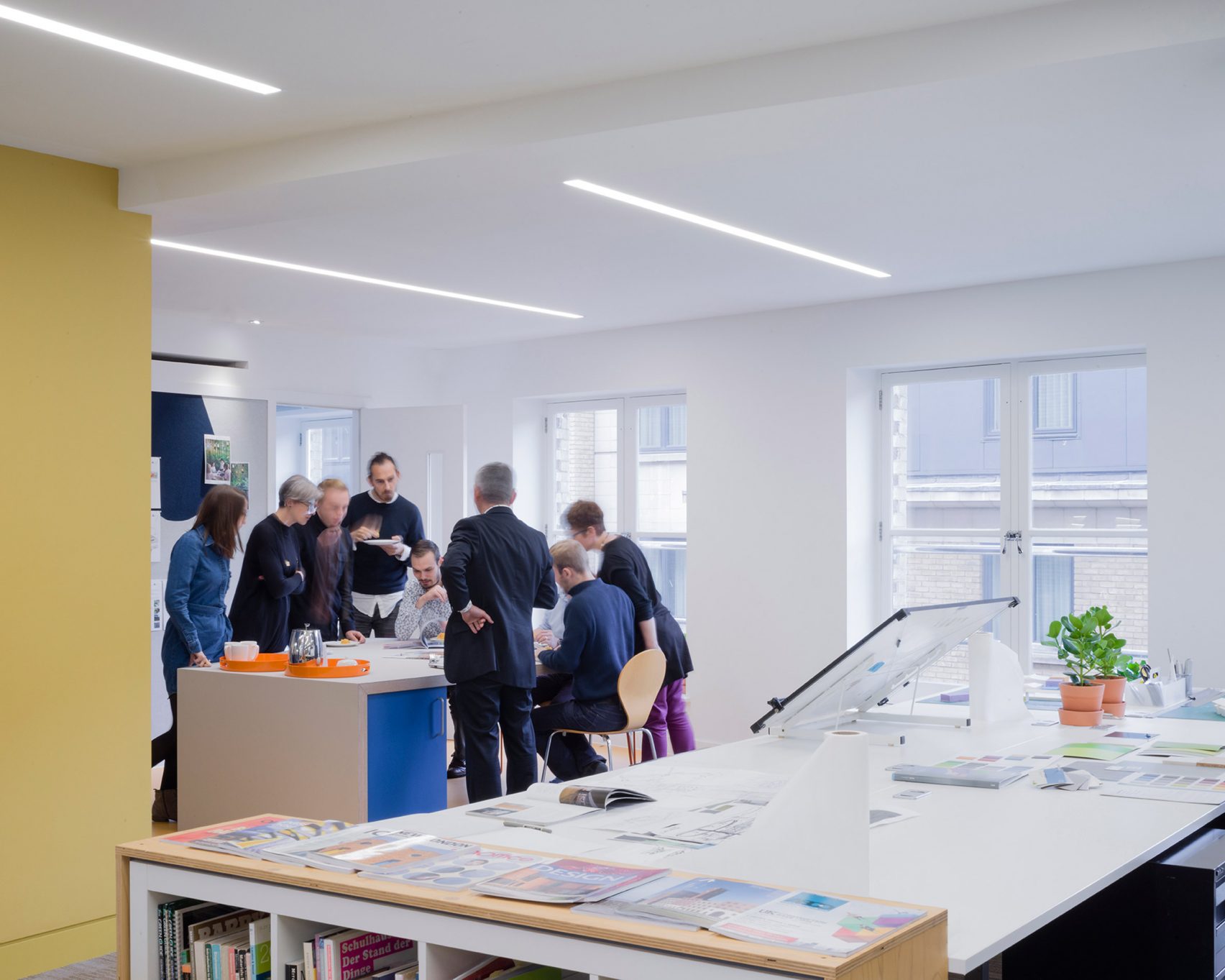
ArchitecturePLB
You have not benefited a bit from the tears and sweat you shed at the studio if you still came out with a public speaking phobia.
The studio should not just focus on design but also on communication skills. Each graduate should be prepared to confidently stand up at an A|A conference and speak about their background. They should be groomed enough to establish eye contact and speak in the common language of the profession.
9. Introduction of Informal Design Discussions
Each studio could introduce informal design discussions where everyone would share their ideas and insights with each other. This would allow the studio to bring about more architectural experimentation and innovation. Plus, such discussions would bridge the hierarchical gap between the professor and the students and make them interact as if they are colleagues. This would be another major step forward, don’t you think?


